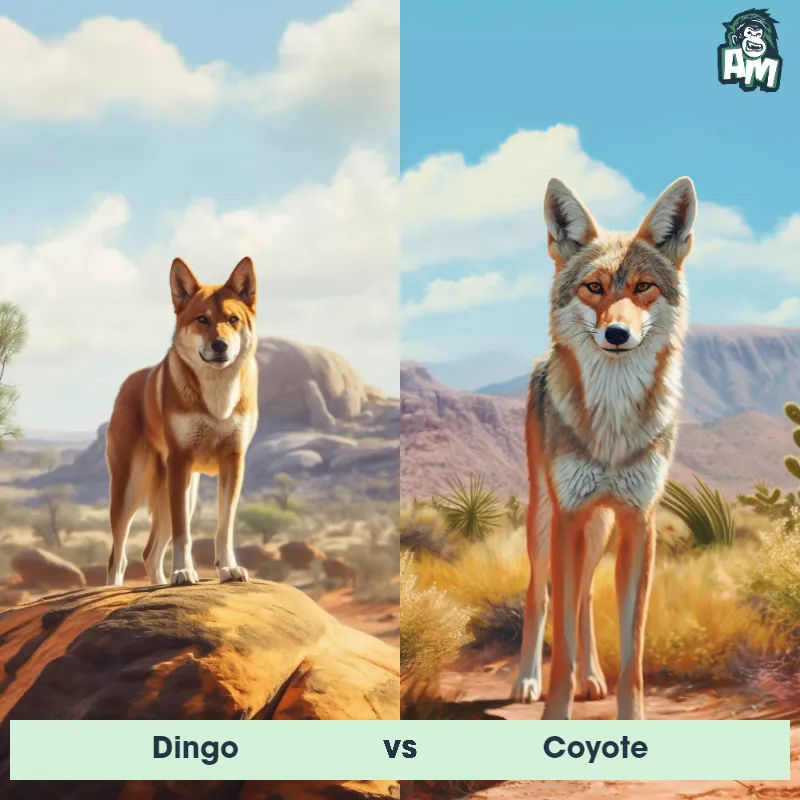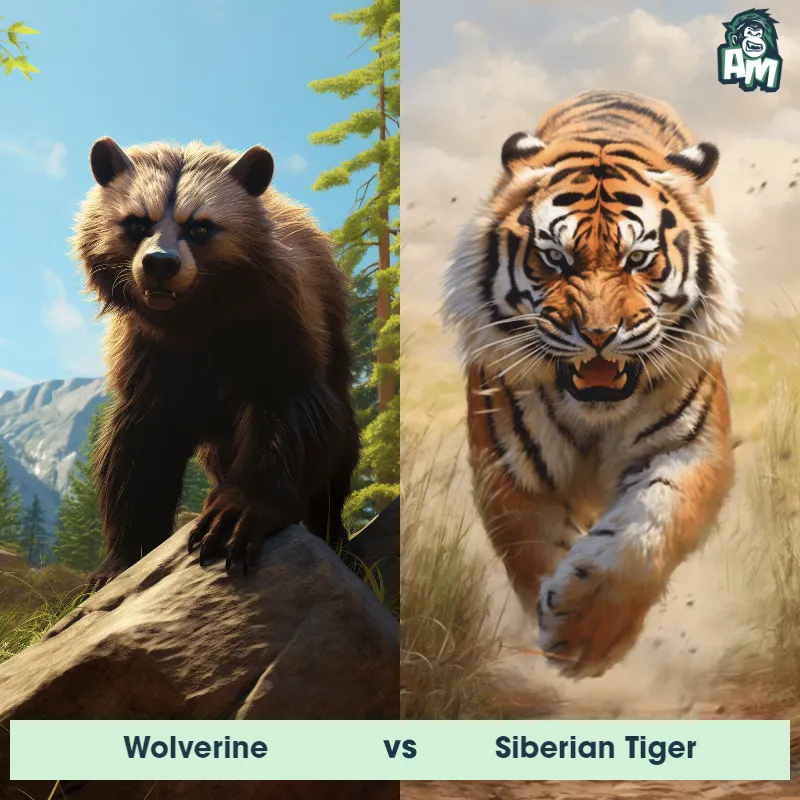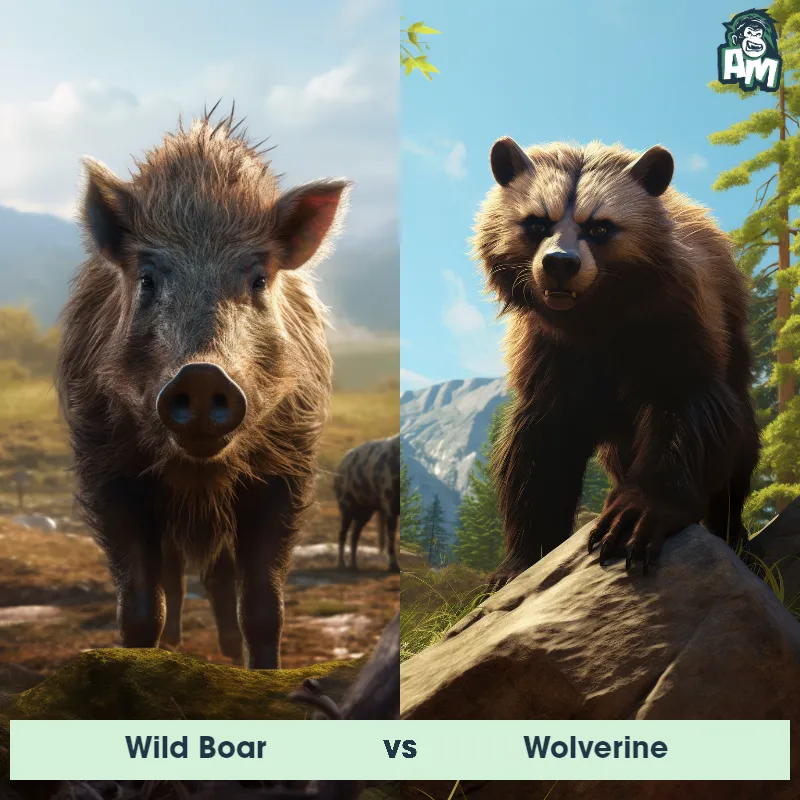Puma vs African LionSee Who Wins

Ladies and gentlemen, we are here live at an electrifying nature theater, where tonight we have an impressive matchup between two of the most fearsome predators in the animal kingdom. The anticipation in the air is palpable as we witness a remarkable clash of strength, speed, and instinct. Without further ado, let the battle begin!
Contender 1: Puma
The Puma, also known as the mountain lion or cougar, is a large, solitary cat found in North and South America. They have a muscular build, short fur that ranges in color from tan to gray, and distinctive black markings on their face, ears, and tail. Pumas are known for their agility and can jump up to 18 feet in a single bound. They are also excellent hunters, with sharp claws and teeth that allow them to take down prey much larger than themselves.
Fun Fact: Pumas are one of the few big cats that can purr, which they do when they are content or communicating with other pumas.
Contender 2: African Lion
The African Lion, also known as Panthera leo, is a large carnivorous mammal that is native to Africa. They are the second-largest living cat species, with males weighing up to 550 pounds and females weighing up to 400 pounds. African Lions have a distinctive mane of hair around their necks, which is more prominent in males. They are social animals that live in prides, which consist of several females, their cubs, and a few males. African Lions are apex predators and are known for their strength, speed, and hunting abilities.
Fun Fact: African Lions are the only cats that have manes, and the color and size of their manes can indicate their age and health.
Matchup Stats
| Puma | African Lion | |
|---|---|---|
| Size | 2-3 feet (0.6-0.9 meters) at the shoulder | Up to 4 feet (1.2 meters) at the shoulder |
| Weight | 100-200 pounds (45-90 kilograms) | Up to 550 pounds (250 kilograms) |
| Speed | Speed: 50 mph (80.47 km/hr) | Speed: 50 mph (80.47 km/hr) |
| Key Strength | Powerful jaws and sharp claws | Powerful jaws and sharp claws |
| Biggest Weakness | Vulnerable to attacks from behind | Vulnerable to attacks on the back and sides |
Current Votes
Puma vs African Lion
See Who Wins
View More Matches
Looking For More?
Similar Matches
Scientific Stats
| Puma | African Lion | |
|---|---|---|
| Scientific Name | Puma concolor | Panthera leo |
| Family | Felidae | Felidae |
| Habitat | Mountains, forests, deserts | Grasslands, savannas, and open woodlands |
| Geography | North and South America | Africa |
| Diet | Carnivorous, primarily deer and smaller mammals | Carnivorous, primarily hunting large ungulates such as zebras and wildebeest |
| Lifespan | 8 years - 13 years | 10 years - 14 years |
Key Differences between Puma and African Lion
- Tail length: Pumas have longer and thicker tails compared to African Lions, which have a relatively shorter and less bushy tail.
- Ears: Pumas have proportionally longer, pointed ears that aid in their acute hearing, whereas African Lions possess shorter, rounded ears.
- Facial features: Pumas possess a relatively smaller head with a rounded face and shorter snout, while African Lions have a larger head, more elongated face, and a prominent muzzle.
- Mane: Only male African Lions possess a majestic mane of fur around their head, neck, and shoulders, which is absent in both male and female Pumas, where their fur is uniformly short and without the prominent mane.
- Coloration: African Lions have a distinct tawny or golden coloration, while Pumas exhibit a more variable coat, with individuals ranging from light brown to gray or even black, depending on their habitat.
- Size: The African Lion is significantly larger than the Puma, with adult males weighing between 330 to 500 pounds, while Pumas typically range between 80 and 220 pounds.
































